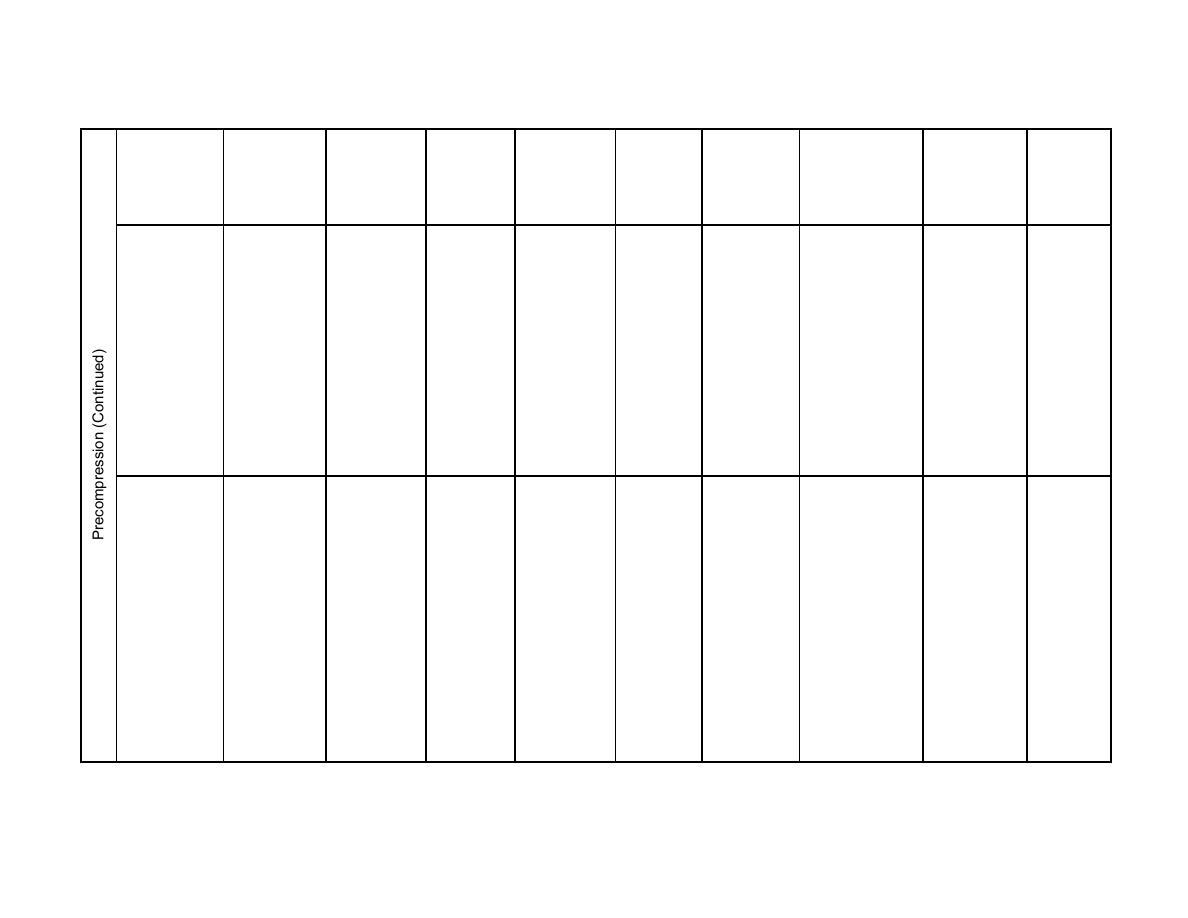
Table 8-7.1 Stabilization of Soils for the Foundations of Structures
Method
Principle
Most
Maximum
Economical
Special
Special
Properties of
Special
Relative
Suitable
Effective
Size of
Materials
Equipment
Treated
Advantages
Costs
Soil
Treatment
Treated
Required
Required
Material
and
(1976)
Condition/
Depth
Area
Limitations
Type
(feet)
Partly
< preload
Dynamic
High energy
30 m
>15000-
>15000-
Tamper of
Reduced water
Faster than
30000 m2
30000 m2
saturated
fills w/
impacts
10-40 tons,
content, void
preloading,
fine grained
sand
compress
high
ratio and
economical
soils;
drains
and dissolve
capacity
compressability;
on large
quarternary
gas in pores
cranes
areas;
Increased
clays clays
to give
uncertain
strength
w/ 1-4 gas
immediate
mechanism
in micro
settlement;
in clays; less
bubbles
increased
uniformity
pore
than
pressure
preloading
gives
subsequent
Electro-
DC current
Normally
10-20m
Small
Anodes
D/C power
Reduced water
High
No fill
osmosis
causes H2O
consolidated
(rebar or
supply,
content and
loading
to flow from
silts and
aluminum)
wiring,
compressibility;
required, can
anode to
silty clays
Cathodes
metering
increased
use in
cathode
(well
system
strength,
confined
where it is
points or
electrochemical
areas,
then
rebar)
hardening
relatively
removed
fast, non-
uniform
properties
between
electrodes;
useless in
highly
conductive
soils



 Previous Page
Previous Page
